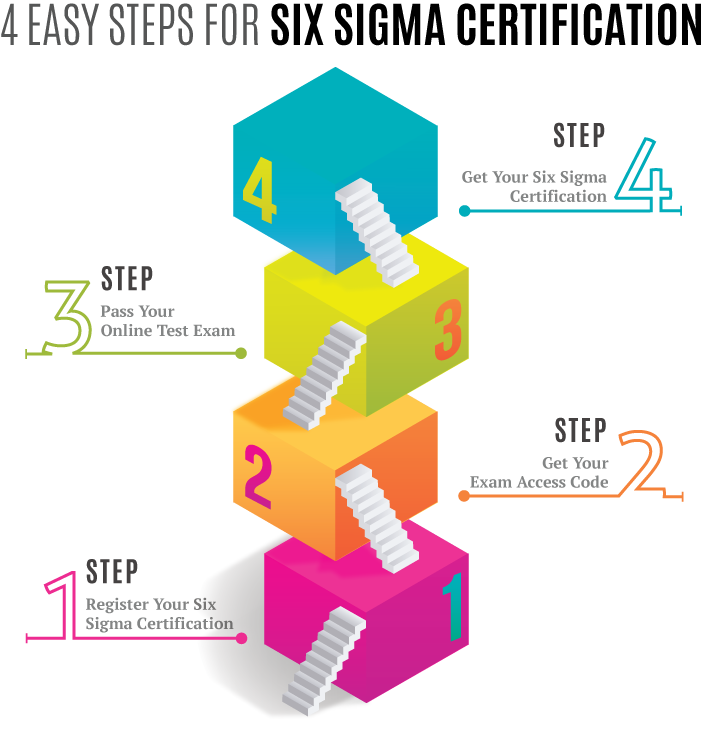Six Sigma DMAIC Process - Improve Phase - Conduct Cost-Benefit Analysis
Cost-benefit analysis weighs the real costs of a potential solution under consideration against the potential benefits of the solution. Consider all costs associated with getting the proposed solution up and running. Cost examples would be: Capital investment needed, Implementation costs (time of project team, process improvement costs, etc), Start-up costs (training, lost production during switch from the old to new process), Operation costs (additional cost of running new process compared to old process).
The steps involved in doing a cost-benefit analysis for possible solutions are:
- Consider all costs associated with getting solution up and running
- Quantify benefits of a fully implemented solution
- Compare the real costs of solution against potential benefits
Does the identified solution have any risk?
Risk can be mitigated for the proposed solution by Identifying potential problem if any with the solution, Ensuring that the solution attempts to reduce the opportunity for error if not eliminated, Is it an “All terrain” or a" Feather bed” solution – How robust is the solution and Understanding the Failure Modes and Effect Analysis.
 SIXSIGMA INSTITUTE™
SIXSIGMA INSTITUTE™


